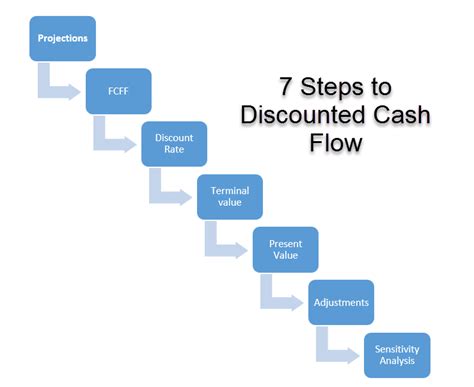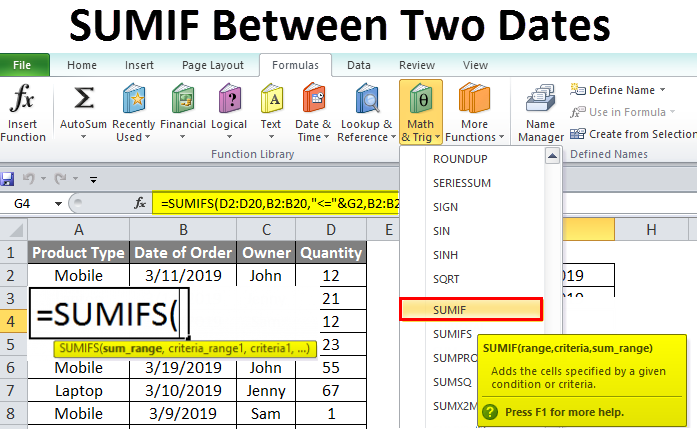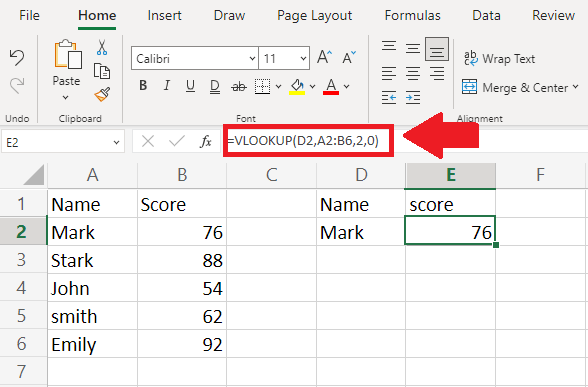5 Steps to Better Inventory Valuation

In the realm of supply chain management, effective inventory valuation is paramount for businesses to maintain profitability and make informed strategic decisions. This comprehensive guide explores five pivotal steps to enhance inventory valuation practices, offering practical strategies and insights for improved accuracy and financial health.
Understanding the Significance of Inventory Valuation

Inventory valuation is more than just a financial exercise; it’s a critical process that underpins a company’s financial health and operational efficiency. Accurate valuation is essential for several reasons, including:
- Financial Reporting: Inventory is often a significant asset on a company’s balance sheet. Precise valuation ensures that financial statements reflect the true financial position of the business.
- Tax Compliance: Proper inventory valuation is crucial for tax purposes, as it affects the calculation of taxable income and tax liabilities.
- Decision-Making: Inventory data informs key business decisions, such as pricing strategies, production planning, and identifying opportunities for cost reduction.
- Supply Chain Optimization: Accurate inventory data enables efficient supply chain management, helping businesses identify bottlenecks, optimize stock levels, and improve overall operational efficiency.
Step 1: Selecting the Right Valuation Method

The first critical step in improving inventory valuation is choosing an appropriate valuation method that aligns with your business needs and industry standards. Common methods include:
- First In, First Out (FIFO): This method assumes that the oldest inventory items are sold first. It’s particularly useful during periods of inflation, as it matches the cost of goods sold with the most recent purchase prices, providing a more accurate representation of current market value.
- Last In, First Out (LIFO): In this method, the most recently purchased items are assumed to be sold first. LIFO is beneficial when inflation is high, as it defers tax liabilities by reporting lower profits.
- Average Cost Method: Here, the average cost of all inventory items is used for valuation. This method provides a balanced approach, especially when inventory turnover is high and pricing fluctuations are minimal.
- Specific Identification: This method assigns a specific cost to each item based on its individual purchase price. It’s ideal for unique, high-value items or situations where precise tracking is necessary.
Considerations for Choosing the Right Method
When selecting a valuation method, consider factors such as:
- Industry Norms: Different industries have varying standards and regulations regarding inventory valuation. It’s crucial to understand the norms specific to your industry.
- Inventory Turnover: The rate at which inventory is sold or used affects the choice of valuation method. High turnover may favor simpler methods like FIFO or LIFO, while low turnover may benefit from more complex methods.
- Pricing Fluctuations: If your business experiences significant price fluctuations, methods like LIFO or Average Cost may provide a more accurate reflection of current market conditions.
- Tax Implications: The choice of valuation method can have tax consequences. Consult with tax professionals to understand the implications and ensure compliance.
Step 2: Implementing Robust Inventory Management Systems
Effective inventory management is foundational to accurate valuation. Implementing modern inventory management systems offers numerous benefits, including:
- Real-time Data: Advanced systems provide real-time visibility into inventory levels, allowing for quick adjustments and informed decision-making.
- Automation: Automation reduces manual errors and streamlines processes, ensuring data accuracy and efficiency.
- Data Analytics: Modern systems often come with built-in analytics tools, providing valuable insights for strategic planning and decision support.
- Improved Accuracy: With features like barcode scanning and RFID technology, inventory counts become more precise, leading to better valuation.
Key Features of Effective Inventory Management Systems
When evaluating inventory management systems, look for features such as:
- Integration with ERP Systems: Integration ensures seamless data flow between inventory management and other business systems, enhancing overall efficiency.
- Mobile Accessibility: Mobile apps or web-based access allows for inventory management on the go, facilitating quick checks and updates.
- Reporting and Analytics: Robust reporting capabilities provide valuable insights into inventory trends, helping identify areas for improvement.
- Multi-Location Management: For businesses with multiple warehouses or locations, the system should offer centralized management and real-time updates across all sites.
Step 3: Conducting Regular Physical Inventory Counts
While advanced inventory management systems are invaluable, regular physical counts are essential to verify the accuracy of digital records. Here’s how to make the most of this process:
- Frequency: Determine the optimal frequency for physical counts based on your inventory turnover rate and business needs. High-value or fast-moving items may require more frequent counts.
- Planning: Develop a comprehensive plan for physical counts, including a detailed schedule, staff assignments, and backup plans in case of unexpected issues.
- Training: Ensure that staff involved in the count are adequately trained to follow procedures consistently and accurately.
- Comparison and Reconciliation: Compare physical count results with digital records and reconcile any discrepancies. Identify the root causes of discrepancies and implement corrective actions.
Tips for Efficient Physical Inventory Counts
- Use Technology: Leverage barcode scanners or RFID technology to streamline the counting process and reduce manual errors.
- Cycle Counting: Consider implementing cycle counting, which involves counting a portion of inventory on a regular basis, rather than a full count all at once.
- Involve Multiple Staff: Assigning different staff members to count and verify counts can help reduce errors and ensure accuracy.
- Document and Analyze: Keep detailed records of physical counts and analyze the results to identify trends or patterns that may indicate systemic issues.
Step 4: Optimizing Inventory Turnover

Efficient inventory turnover not only improves cash flow but also enhances inventory valuation accuracy. Here’s how to optimize turnover:
- Demand Forecasting: Accurate demand forecasting is crucial for effective inventory management. Utilize historical data, market trends, and analytics to predict demand accurately.
- Just-in-Time (JIT) Inventory: JIT inventory management aims to reduce waste and carry costs by ordering and receiving inventory just in time for production or sales. This strategy can significantly improve turnover.
- Vendor Management: Develop strong relationships with vendors to negotiate better terms, including faster delivery times and more flexible order quantities.
- Stock Optimization: Regularly review stock levels and adjust them based on sales trends and seasonality. Consider using inventory optimization software to automate this process.
Benefits of Optimized Inventory Turnover
Optimizing inventory turnover offers several advantages, including:
- Improved Cash Flow: By reducing excess inventory, businesses can free up cash tied up in stock, improving overall liquidity.
- Reduced Obsolescence: Efficient turnover minimizes the risk of inventory becoming obsolete or outdated, reducing write-offs and losses.
- Better Customer Service: With optimized stock levels, businesses can fulfill orders promptly, improving customer satisfaction and loyalty.
- Enhanced Profitability: Improved turnover can lead to increased profitability by reducing carrying costs and improving overall operational efficiency.
Step 5: Adopting Advanced Analytics and AI
In today’s data-driven business landscape, advanced analytics and artificial intelligence (AI) are powerful tools for enhancing inventory valuation. These technologies offer:
- Predictive Analytics: By analyzing historical data and trends, predictive analytics can forecast future demand, helping businesses optimize inventory levels and reduce carrying costs.
- AI-Powered Inventory Optimization: AI algorithms can optimize inventory levels by considering various factors, such as sales data, lead times, and seasonal trends, to suggest the most efficient stock levels.
- Real-time Insights: Advanced analytics tools provide real-time insights into inventory performance, enabling businesses to make quick adjustments and improve overall efficiency.
Implementing Analytics and AI in Practice
To harness the power of analytics and AI for inventory valuation:
- Invest in the Right Tools: Choose analytics and AI solutions specifically designed for inventory management, ensuring they integrate seamlessly with your existing systems.
- Data Quality is Key: Ensure that the data fed into these systems is accurate and up-to-date. Clean and validate your data regularly to maintain its integrity.
- Train Your Team: Provide training to staff on how to use and interpret the insights provided by analytics and AI tools. This ensures that the benefits of these technologies are fully realized.
- Start Small and Scale: Begin with a pilot project to test the effectiveness of analytics and AI in a controlled environment. Once successful, scale the implementation across your organization.
Conclusion: A Journey to Improved Inventory Valuation
Accurate inventory valuation is a journey that requires a combination of strategic planning, technological advancements, and a commitment to continuous improvement. By selecting the right valuation method, implementing robust management systems, conducting regular physical counts, optimizing turnover, and embracing advanced analytics and AI, businesses can achieve a more precise and efficient inventory valuation process.
This journey not only ensures compliance with financial reporting and tax regulations but also empowers businesses to make data-driven decisions, optimize operations, and ultimately enhance their overall financial health and performance.
How often should I conduct physical inventory counts?
+The frequency of physical counts depends on your inventory turnover rate and business needs. As a general guideline, consider conducting physical counts at least once a year. However, for high-value or fast-moving items, more frequent counts may be necessary to maintain accuracy.
What are the key benefits of using advanced inventory management systems?
+Advanced inventory management systems offer several benefits, including real-time data visibility, automation of manual tasks, enhanced data analytics, and improved accuracy through features like barcode scanning and RFID technology. These systems streamline inventory management, reduce errors, and provide valuable insights for strategic decision-making.
How can AI and analytics improve inventory valuation?
+AI and analytics enhance inventory valuation by providing predictive insights, optimizing inventory levels, and offering real-time performance analysis. These technologies analyze vast amounts of data, including sales trends, lead times, and seasonal variations, to suggest the most efficient stock levels, improving accuracy and efficiency in inventory management.



